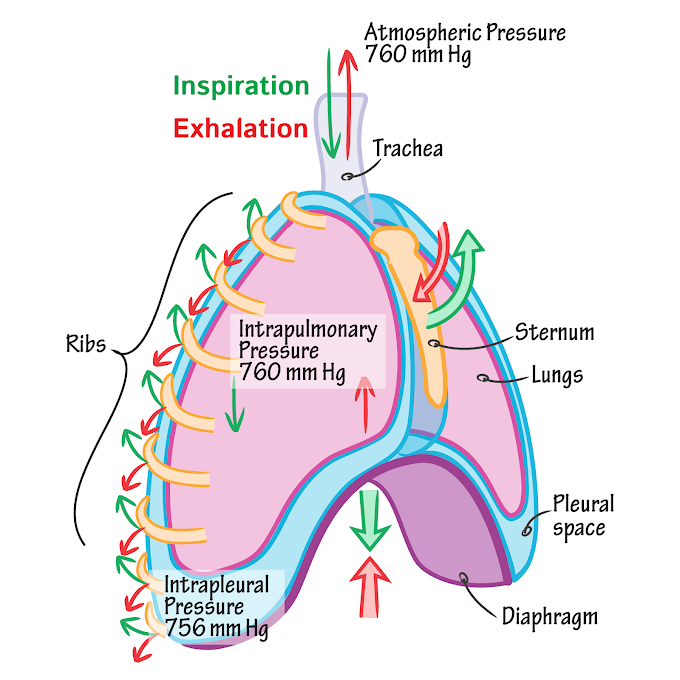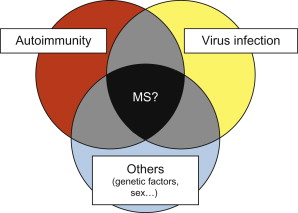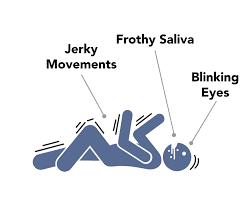What is a Seizure?
A seizure is abnormal electrical activity in the brain or central nervous system result in abnormal motor, sensory, or psychomotor experiences.
👉Every seizure is not epilepsy.
 |
| Seizure |
Abnormal Motor Experiences
- Tonic: Agonist and antagonist fire simultaneously. All the body stiffens.
- Clonic: Agonist and antagonist fire alternatively. Jerky movement.
- Tonic-Clonic:-First agonist and antagonist tonically fire than alternatively.
- Atonic: Sudden electrical activity in motor area goes pathologically down and result in loose of tone.
- Myotonic: Sudden single jerk recurrently happen.
Abnormal sensory Experiences
- Somatic- abnormal electrical activity in sensory cortex.
- Special- abnormal electrical activity in visual, auditory cortex.
- Visceral- abnormal electrical activity in Insula.
Function of temporal lobe
- Taste
- Olfaction
- Emotion
- Sexual behaviour
- Differentiate between fantasy and reality.
Function of Limbic System
- Memory
- Primitive function (olfaction, taste)
- Sexual behaviour
- Emotional behaviour
Abnormal psychomotor experiences/Temporal lobe epilepsy
🤙Depends on which area of the temporal lobe is irritated.
- Gustatory hallucination
- Over familiarity/jamais Vu
- Olfactory hallucination
- Sense of unreality/Déjà Vu
- Sexual behaviour
What is Epilepsy?
Epilepsy is a tendency for spontaneous, recurrent seizures due to abnormal electrical activity in CNS.
Types of epilepsy-
Partial epilepsy
Generalized epilepsy
Partial Epilepsy
- Epilepsy in which the onset of a seizure is referable to one hemisphere (right or left hemisphere).
- Types of partial epilepsy
Simple partial epilepsy- no loss of consciousness.
Motor simple partial epilepsy
Tonic
Atonic
Clonic
Tonic-clonic
Sensory simple partial epilepsy
Psychomotor simple partial epilepsy
Complex partial epilepsy- with loss of consciousness
Motor complex partial epilepsy
Tonic
Atonic
Clonic
Tonic-clonic
Sensory complex partial epilepsy
Psychomotor complex partial epilepsy
Generalized Epilepsy
Seizure attacks arise from one focal point and involve both hemispheres.
💸💸Always consciousness is impaired.
Types of Generalised Epilepsy-
Absences
Myoclonic seizures
Clonic seizures
Tonic-Clonic seizures
Atonic seizures
Absences (Petit mal epilepsy)
- Onset is childhood (between 4 to 12 years of age).
- A brief episode of seizure in which a person is mentally absent.
- Patients develop 100 attacks per day for 5 to 15 seconds.
30% of children grow up (adolescence) may develop Tonic-clonic seizures (Grand mal epilepsy).
Myoclonic Seizures
- Sudden, brief, generalized muscle contractions with loss of consciousness.
- The commonest disorder is benign juvenile myoclonic epilepsy (JME).
- Also occurs in degenerative and metabolic disease.
Tonic Seizures
- Sudden sustained muscular contraction with immediate loss of consciousness.
- In adults, tonic attacks are rare.
Tonic-Clonic Seizures (Grand Mal Epilepsy)
Phases of grand mal epilepsy:
Prodrome
Occurs before seizures.
Prodrome is not part of seizures.
During prodrome, Patients can develop mood abnormality and motor abnormality which is perceived by self but others can observe.
Aura
This is part of seizures and the earliest phase of seizures.
The only Patient can perceive a strong gut feeling, smell, taste.
Tonic phase:
Increase body tone with rapid loss of consciousness.
The patient may develop cyanosis and epileptic cry.
An epileptic cry is a result due to spasticity of respiratory muscles with partial closure of vocal cords.
Clonic phase:
The clonic phase begins as abnormal neural activity is slows.
Agonist and antagonist muscle fire alternatively result in jerking.
There may be a risk of tongue biting and urinary incontinence.
Atonic Seizures
A seizure is characterized by loss of muscle tone and sudden fall with the loss of consciousness.
🚵🚵Status Epilepticus
- When the consciousness does not return between the attacks of seizures, the condition is called status epilepticus.
- This state may be life-threatening with permanent damage, coma, development of pyrexia, and circulatory collapse.
Causes of Generalised Epilepsy
- Genetics
- Cerebral birth injury
- Hydrocephalus
- Prolonged anoxia
- Drugs which irritate CNS:
- Penicillin
- Antimalarial drugs
- Cardiac arrhythmic drugs
- Cytotoxic drugs
- Withdrawal of alcohol
- Hypocalcemia
- Renal failure
- Meningitis
- Syphilis
- Degenerative diseases
Investigation
- Hematology
- Biochemical analysis (electrolytes, urea, and calcium)
- Chest X-ray
- Electroencephalogram (EEG)
- CT scan
- MRI
- Positron emission tomography (PET)
- Single-photon emission computed tomography (SPECT)
Medical Management
- If the patient goes 3 years without an attack, withdrawal of therapy should be recommended.
- The commonest drugs used:
- Carbamazepine
- Sodium Valproate/valproic acid
- Phenytoin (chronically produce facial features and hirsutism (looks like man face)
- Phenobarbitone
- Lamotrigine
- Gabapentin
- Topiramate
- Tiagabine
- Zonisamide
- Oxcarbazepine
- Levetiracetam
- Lorazepam
- Diazepam
- Ethosuximide
- Clonazepam
👉The broadest anti-epileptic drug is Sodium Valproate.
Drugs for partial epilepsy
1st – Carbamazepine
2nd – sodium Valproate
Drugs for Tonic-clonic Generalised Epilepsy
1st – Sodium valproate
2nd – Lamotrigine
Drugs for Generalised Absence Epilepsy
1st – Ethosuximide
2nd – Sodium valproate
Drugs for Myoclonic Epilepsy
1st – Sodium valproate
2nd – Clonazepam
Drugs for Status Epilepticus
1st – Diazepam or Lorazepam
2nd – phenytoin or Fosphenytoin






0 Comments